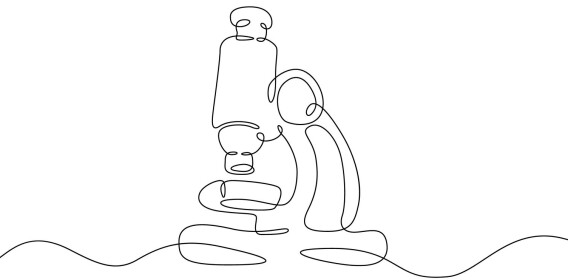
We buy more second-hand clothes than before, but is it good for the environment?
We need to shop for clothes in a different way than before, researcher says.
In 2019, the clothing industry accounted for around 10 per cent of global CO2 emissions, according to the UN. That is more than the emissions from planes and shipping combined.
We replace clothes quickly, and trends do not last very long. Most clothes are worn for much less time than they could or should be.
So, while we are shopping more second-hand than before, can the second-hand market really compete with fast fashion?
A challenge to replace
It is easy to think that buying and selling used clothes is quick and simple, but that is not entirely accurate.
Lisbeth Løvbak Berg is a researcher at Consumption Research Norway (SIFO), and she explains that it takes more time to prepare used clothes for sale – especially in Norway.
The clothes need to be checked, washed, dried, and folded.
This labour affects the price of second-hand clothes, as it reflects the wages of those doing the work.

This can make used clothes expensive, and there’s also no guarantee that you’ll find exactly what you’re looking for second-hand.
"The selection isn't as accessible as in fast fashion. For instance, it can be harder to find the right size, especially if you need larger sizes," she says.
We are buying more second-hand than before
In a survey, SIFO researchers asked Norwegians about the clothes they had bought.
They were asked to think back to the clothes they had acquired over the past three months.
The researchers found that 19 per cent of the clothes were second-hand. In 2018-2019, this only applied to 6 per cent of clothing.
According to Kirsi Maria Laitala, also a researcher at SIFO, we cannot fully rely on such surveys. This is partly because it is easy to forget some purchases, and people might also believe they've bought more second-hand since it is seen as the 'right' thing to do, she says.
Easier to shop second-hand
Several services have made it simpler to shop second-hand. In Norway, both the website Finn.no and the app Tise have made it easier for people to sell to each other.

Laitala believes these services have led to increased second-hand purchases, but she also thinks people are buying more used items because of a growing concern for the environment.
Clothes should be worn as long as possible
However, it is not enough just to buy second-hand, especially if we are also buying new clothes or if the clothes we buy are not being used.
But how long should we actually wear clothes for it to be sustainable?
"The simple answer is as long as possible," says Berg.
She explains that researchers studying this see that the most important thing for the environment is for clothes to be worn until they are worn out. Second-hand clothes hanging in a closet do not benefit the environment.
We need a new mindset about clothing
Berg points out that we still shop for second-hand clothes the way we shop for fast fashion – buying frequently and in large amounts, but now with a clearer conscience.
If we want to see real change, we need to slow down our consumption. This means buying less overall.
"If this shift happens, fast fashion will go out of style," says Berg.
Men and women shop differently
The biggest second-hand shoppers are young women. They also buy more new clothes than men do.
There are several reasons for this, says Laitala. She explains that women tend to be more concerned with having different clothes for different occasions, such as separate outfits for home, work, and social events. This makes them feel they need a wide variety of clothes in their wardrobes.
Laitala also notes that clothing manufacturers create more advertising directed at women. As a result, women have a wider range of clothing options not typically available to men, such as skirts, dresses, various types of underwear, and accessories.
———
Translated by Alette Bjordal Gjellesvik
Read the Norwegian version of this article on ung.forskning.no
References:
OsloMet: CHANGE: Environmental systems shift in clothing consumption
World Bank: How Much Do Our Wardrobes Cost to the Environment?, 2019.

Subscribe to our newsletter
The latest news from Science Norway, sent twice a week and completely free.



































